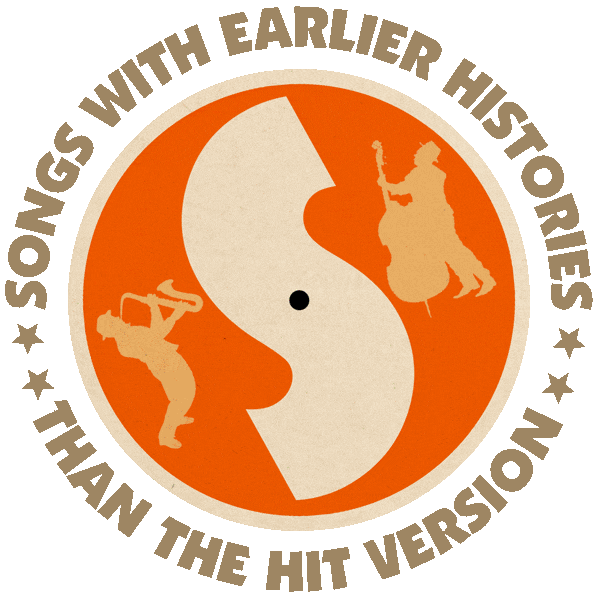Based on “Sunflower” by The Russ Morgan Orchestra (US #5 1949).
Hit versions by Carol Channing (1964), Louis Armstrong (demo recording US #1/MOR #1 1964).
From the wiki: “‘Hello, Dolly!’, the title song from the popular 1964 musical of the same name. was written by Jerry Herman (music and lyrics), who also wrote the scores for many other popular musicals including Mame and La Cage aux Folles.
“In December 1963, a month prior to the show’s opening and cast album release, at the behest of his manager, Louis Armstrong produced a demonstration recording of ‘Hello, Dolly!’ for the song’s publisher to use to promote the show. Hello, Dolly! opened on January 16, 1964 at the St. James Theatre in New York City, and it quickly became a major success (2844 total performances, through December 1970). When the original cast album was released, it topped the Billboard Album chart for seven weeks and was the top Album of the Year on Billboard’s year-end chart.
“As successful as the stage show and title song itself was to become, the song ‘Hello, Dolly!’ became caught up in a lawsuit which could have endangered timely plans for bringing the musical to the silver screen. Mack David, an Academy Award-nominated composer (‘Walk on the Wild Side’, ‘The Ballad of Cat Ballou’) also known for his compositions for television (‘Casper, the Friendly Ghost’), sued for infringement of copyright, because the first four bars of Herman’s show number, ‘Hello, Dolly!’, were the exact same as those in the refrain of David’s song ‘Sunflower’ from 1948. As Herman recounts in his memoirs, he had never heard ‘Sunflower’ before the lawsuit, and wanted a chance to defend himself in court. But, for the sake of those involved in the show and the potential film, he reluctantly agreed to pay a settlement before the case would have gone to trial.

